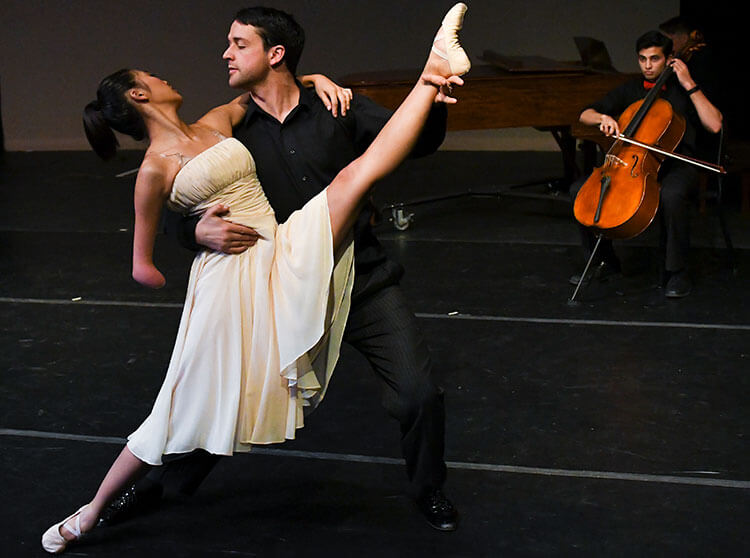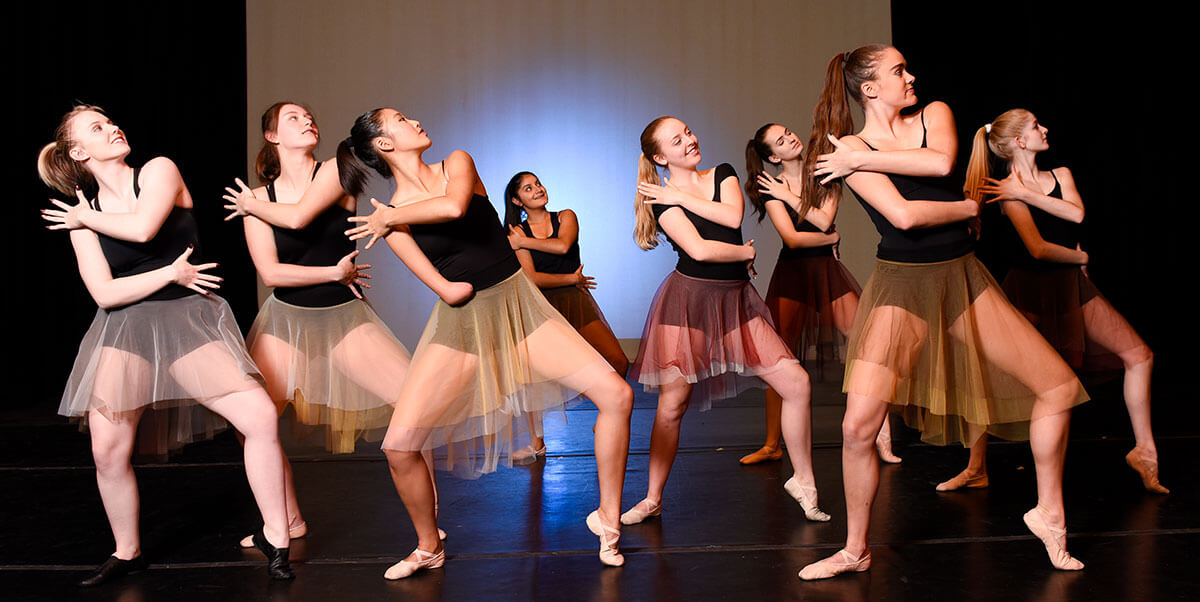In 1949, Pablo Picasso, then 68 years old, was living in Vallauris where he was visited by photographer, Gjon Mili, who was assigned the honor of taking pictures of the artist for Life Magazine. They chatted with ease, and towards the end of this process, Mili suggested they enter a collaboration. He convinced Picasso to explore the possibility of making a series of paintings using flashes of light as paint and air as his canvas, with Mili’s camera there to capture the results as they happened. Picasso was inspired, and within five sessions, there were 30 images of one-of-a kind works.
I am moved by this story because Mili’s “big idea” is an example of authentic collaboration in art and in education. Truly, this project was a learning experience for both the photographer and the painter as well as for anyone who observed the images. It was new, fresh, and it delivered an experience that would not have happened without these two individuals committing to work, not beside one another, but rather with each other, integrally juxtaposed in purpose and consignment.
There are many examples of collaboration we can invoke, from brilliant musical theater partnerships to Robert Rauschenberg’s attraction to the theatrical and intense feeling for color and light that led him to collaborate with choreographer Merce Cunningham (Interspace 2000), whose dances Rauschenberg said were a blank canvas for painting. Argentinean born artist Rirkrit Tiravanija aims to create conceptual works which enable the public to be part of the “making process.” He was awarded the Hugo Boss Prize in 2004 for transforming a piece of arable land in Thailand into a community-run site for a collaboration that would be social, agricultural, and artistic. Many of our students in both visual and performing arts have been greatly inspired by the artistic marriage (or maybe collision) of Andy Warhol and Jean-Michel Basquiat, whose juxtaposition defied compartmentalization and rendered us an experience not otherwise imagined.

At Colorado Academy, we consider the question of what constitutes authentic collaboration in our “making process” that differs from a classroom exercise of simply doing things together. As a species, we are wired to collaborate, and if we forget about that as adults, all we need do is to watch our Lower School music students preparing their original spring productions for presentation. The classroom and music teachers are working together to be sure, but the real collaboration erupts from the “buy-in” of these children singing soulfully, sitting in a circle writing scripts, enlivening the hallway in Schotters Music Center with their dances and construction of props, and, most importantly, pulling energy from each other’s vision and ideas to create a multi-faceted performance that defines their view of literature, music, and the world. They are learning at a young age the organic meaning of the word “ensemble,” and that knowledge will serve them well throughout their lives.
There have been many “big ideas” at CA this year. Both the Middle School and Upper School Bands and Choirs performed joint concerts that filled Froelicher Theatre with a sound that was new and unique in that all students left their comfort zones to produce something larger than themselves in thought and presentation. The Conservatory of Dance February production, In Concert ’18, continued last year’s new tradition of connecting dancers with solo musicians, to play off each other and to come to know how the dance and a saxophone or cello could realize a product that would be only as good as their moment-to-moment work together in real time.
This year Middle School students discovered how to create a children’s theater outreach program for younger grades which included their audience as part of their collaboration, Chamber music students in all divisions presented their annual recital in March, and two Lower School Art teachers generously came together to construct an art/science activity for STEAM night that our families are still buzzing about.

During the month of April, CA will host guest artist William Stoehr, Boulder painter and father of a CA alumnus, who will collaborate with students while sharing his works with us during our annual All School Arts Festival on April 23 where student art will be displayed in the Ponzio Arts Center as well as in each divisional building.
Finally, you won’t want to miss the Upper School musical, Lucky Stiff, April 27-29, the energy of which is already felt throughout campus. There are also two additional Lower School music performances on April 5 (grades 2 and 3) and May 3 (Kindergarten and grade 1), both at 8:45 a.m. so that our youngest students may perform at a time best for them. These are large events to be sure and are composed of many parts, but what makes them authentically collaborative is that they present something specific and unique that could not happen without all of those moving parts and people, both teachers and students, striving to create something that has not existed before with intention and integrity.
This has been a very good year for all of the arts at Colorado Academy. I admire what British artist Keith Tyson, winner of the 2002 Turner Prize, has to say about why art makes life worth living. He says, “Everyone is trying to sell you something else. Art is trying to sell you yourself.” As we move forward in determining what is important about creating and teaching art in this century, the idea of considered collaboration remains significant for us as a department and a school because its value resides in how we think about realizing new artistic realities together. It is about seeing our children as hopeful, social, and interactive human beings for generations to come with light as their paint and air as their canvas.
